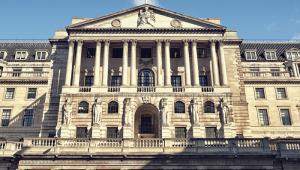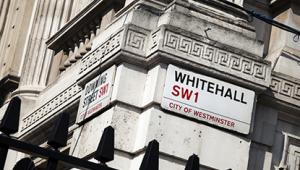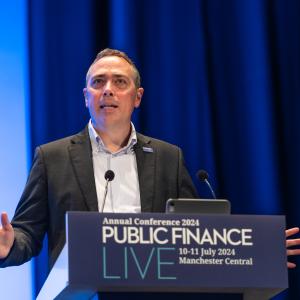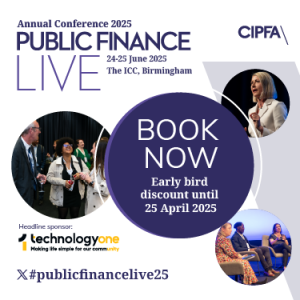
The explosion in demand for ethical investment opportunities – some with dubious credentials – has led to bloated valuations, which experts warn cannot be sustained long term.
Environmental, social and governance assets are estimated to have risen by nearly a third between 2016 and 2020 to US$35trn (£25.7trn) – representing 36% of professionally managed assets.
Another set of predictions – based on a narrower definition, including only mutual funds and exchange-traded funds that self-report as having ESG or socially responsible investment mandates – shows even faster growth, with assets soaring more than tenfold over the past five years to around US$2tn (£1.46trn).
In late September, the Bank for International Settlements compared the boom to those of railroad stocks in the 1800s, internet stocks during the dotcom bubble and mortgage backed securities in the 2008 financial crisis.
It said there were “questions about the possibility that a bubble [in ESG assets] might develop, unless market transparency can be ensured”.
But Dewi John, head of research, UK and Ireland, at financial services firm Refinitiv Lipper, believes talk of the generalised risks of ESG bubbles ignores the enormous shortfall in investment needed to achieve a carbon-neutral transition.
“There will be lots of upsets as particular areas within the ESG market become fashionable and a lot of cash chases them – this will happen again and again and again,” he said. “But, overall, the amount of capital that is needed to effect just a sustainable future within the next 10 or 20 years is so huge, and we are depressingly far off plugging that gap.”
David Stubbs, global head of investment strategy at JP Morgan Private Bank, said there is a distinction between an investor frenzy for, say, clean energy or electric cars, which could lead to a temporary bubble, and the underlying shift in investment methodology towards ESG, which he believes is now irreversible.
“Periods of investor exuberance and retreat will come and go throughout the decade, even as sustainability themes become increasingly entrenched in the global economy,” Stubbs said. “Talk of a bubble in ESG investing underestimates the hold these issues now have on the finance industry.”
Damian Payiatakis, head of sustainable and impact investing at Barclays Private Bank, believes that bubbles will arise, owing to a lack of market knowledge on the part of investors, who are misled into buying greenwashed products.
“Bubbles that may form and potentially pop will be where investors don’t understand or have guidance to navigate the market,” he said. Increased regulatory disclosures and industry convergence should make it easier to identify genuinely sustainable investments, Payiatakis added.
Meanwhile, investors must understand the implications of different approaches to sustainable investment on their portfolios, Payiatakis said: “Integrate sustainability as a fundamental part of investment. Do not use it as a simplistic filter or short cut to select investments based on labels.”
Public sector bodies must now consider ESG credentials alongside security, liquidity and yield when investing, warned Richard Lloyd-Bithell, senior technical manager at CIPFA: “They need to ensure they have a robust framework of due diligence to assess whether these ESG-tagged investments are as green and credible as they say they are.”



















